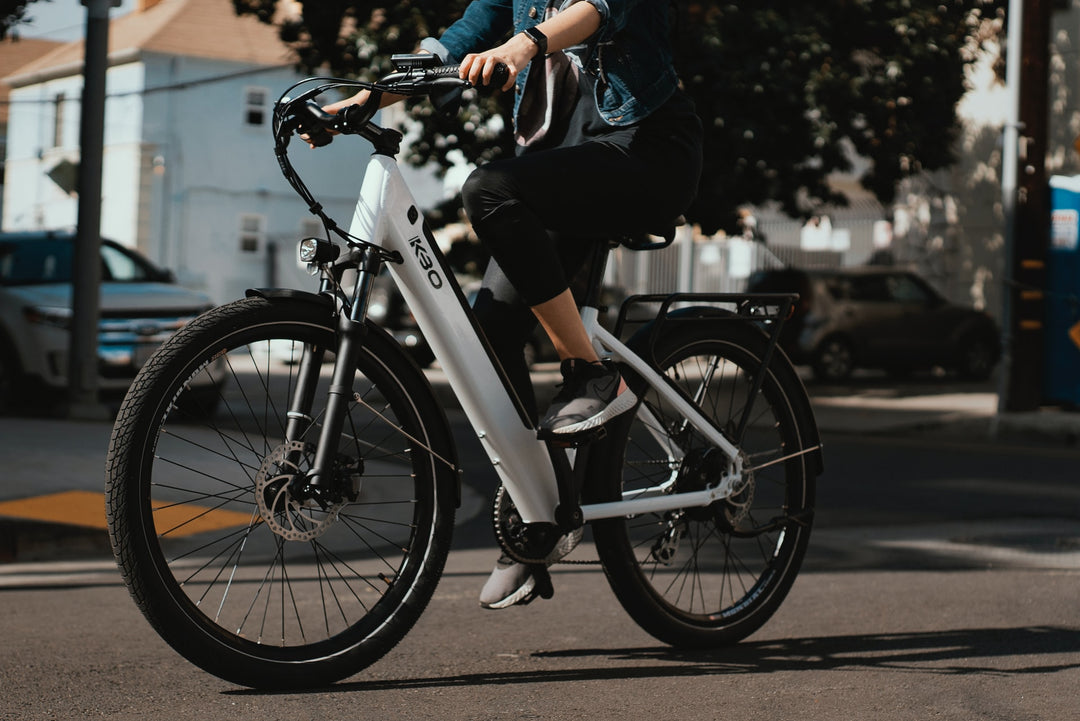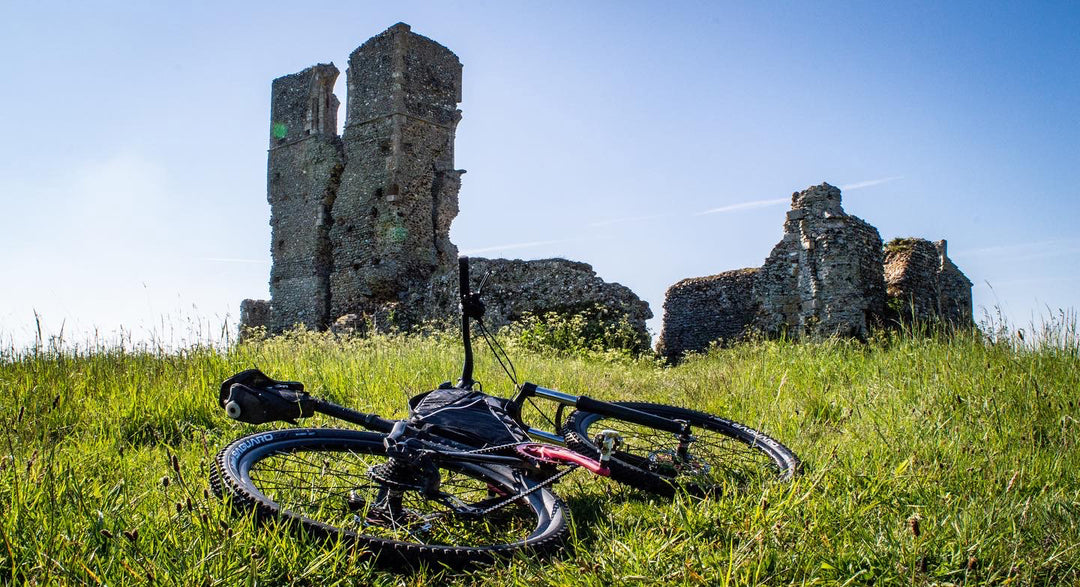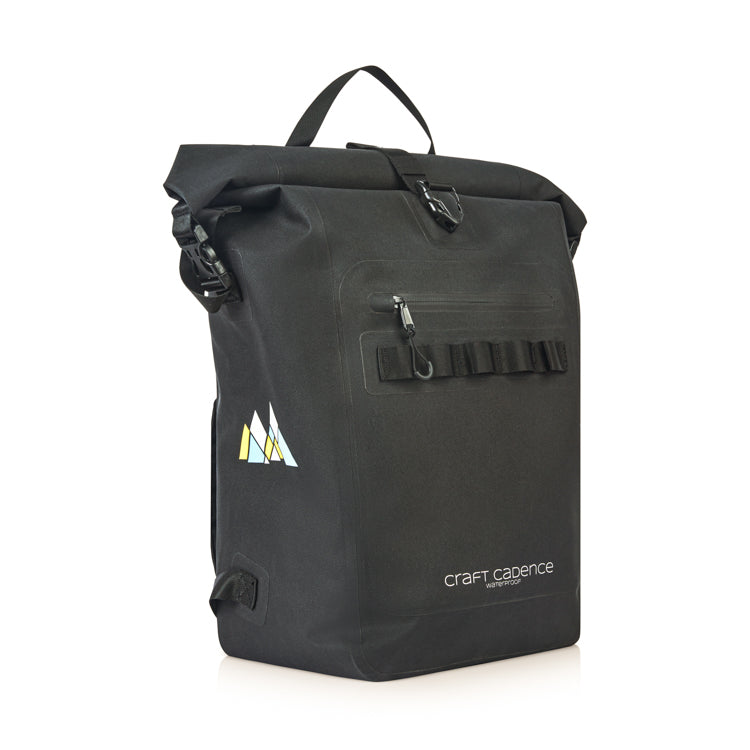How to use Strava to analyse data from your commute and stay motivated?
Strava, the social fitness network, is handy tool for staying motivated on your commute. Why? Because it’s features generate an abundance of data which enables you to see how you are progressing, your speeds and how other people in your network are doing. Find out here how you can use your data generated on Strava to stay motivated on your commute.
Generating data with Strava
There are both free and paid versions of Strava. The free version includes long term data collection and GPS tracking, giving you pretty much everything you need to get a comprehensive amount of data from your rides, as well as providing full access to the community aspects of the app. If you want to see even more, the paid version unlocks deeper insights including ‘Strava Summit’ - the tool that helps transform data into insights. Strava Summit adds more complex data such as heart rate metrics, heatmaps and workout analysis. The training can be broken down into three areas, which are training plans, power curve and fitness & freshness, all of which can be purchased individually or together.
Tracking progress
To start analysing your data, first you need to create some. So, for every commute, don’t forget to track it through Strava (or link your Strava account to your GPS tracker - i.e. a Garmin smartwatch). Regularly tracking your commutes will, at a very base level, give you access to see how one week compares to another, your weekly, monthly and yearly averages, and how you compare to your friends.
Analysing the data
Using Strava gives you access to a significant amount of data. The more accurate information you input into the app when you sign up (for instance, your height, age and weight), the more accurate data readings you will get when it comes to things like calories burned and heart rate. So, let’s look at what data you can analyse and how that can benefit your commute:
- Heat maps: Strava’s heat map is a unique data-rich resource that helps users discover new routes based on the huge amounts of data collected when people upload rides. The heat map reveals the most frequent cycling routes, including commuting routes.
- Metro maps: Strava Metro is designed to improve city cycling. Essentially, Strava takes the mass amounts of data uploaded to the platform and aggregates it to use in partnership with city planning groups, transportation departments and more. The aim is to improve cycling infrastructure. Additionally, cyclists who aren’t particularly comfortable commuting through busy cities can find safer and quicker routes.
- Performance progress: Tracking your daily, weekly and monthly performance is a no-brainer. You want to see how you are improving, right? Check in on your heart rate, average speeds, elevation climbed, calories burned, distance travelled and how you compare to your friends. You can also achieve medals for your performance. Plus you can work out how much money you’ve saved over the course of a month compared to if you jumped on a costly tube.
- Segments: Segments are member-created sections of a cycle that you can compete against another person in. ‘Segment hunting’, as it’s sometimes referred to, can make your commute more fun as you aim to beat your previous time or edge ahead of a friend. Just remember that commuting isn’t a race and you need to prioritise cycle safety.
- My goals: If you have the Summit training pack you have access to the ‘my goals’ section, which has three areas: Weekly Progress Goals - You set a time or distance goal and track your progress every week. Segment Goals - Set a time goals for your favourite segment and deadlines to achieve them. Power Goals - Set a power goal for specific time intervals (you need a power metre for this).
- Training log: Strava’s Cycling Training Log gives you a full overview of your training history, all in one place. In the visual view, you can see all of your training and navigate between months and years to compare your progress. If you want to drill down on a particular set of data, simply click on it to pull up the activity.
- My profile: Your profile view operates as a summarising page. You can see recent activities, the total number of hours of cycling each week, clubs you are a member of, achievements earned, details of your last ride, distance cycled, and more.
Taking it to the next level
If you want to really up-the-ante, you can also export your data into Microsoft Excel and even create data visualisation dashboards using tools like Power BI and Tableau (note - really geeky). Diving deep into the data will give you additional correlations between fitness and fatigue so you’ll know if you are overtraining or need a rest day, you’ll be able to use more filters to view your data, and you’ll see a more visual view of your performance. Strava functionality enables you to export your data into a GPX file pretty easily through the settings tab, but if you want to turn it into an Excel file, check out this blog for more information. Alternatively, if you are tech savvy, use software like trainingpeaks to download your data and analyse it in Excel.
Strava has certainly changed the game when it comes to cycling, and your commute is no different. This is not just an app for cycling elite’s, it’s an easy to use tool that generates significant amounts of data to help you stay motivated and enjoy new commuting routes, as well as connect with the cycling community.



